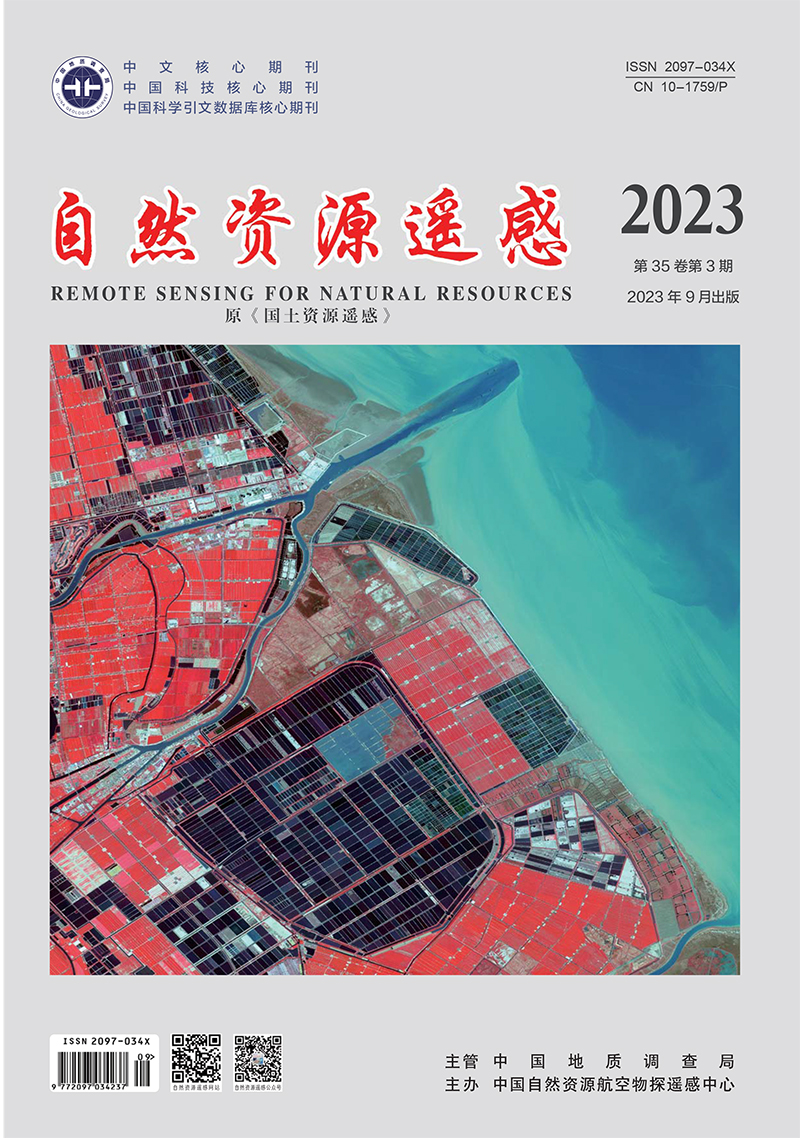FENG Xiaogang, ZHAO Yi, LI Meng, ZHOU Zaihui, LI Fengxia, WANG Yuan, YANG Yongquan. 2023. Influence of urban rivers and their surrounding land on the surface thermal environment. Remote Sensing for Natural Resources, 35(3): 264-273. doi: 10.6046/zrzyyg.2022217
| Citation: |
FENG Xiaogang, ZHAO Yi, LI Meng, ZHOU Zaihui, LI Fengxia, WANG Yuan, YANG Yongquan. 2023. Influence of urban rivers and their surrounding land on the surface thermal environment. Remote Sensing for Natural Resources, 35(3): 264-273. doi: 10.6046/zrzyyg.2022217
|
Influence of urban rivers and their surrounding land on the surface thermal environment
-
1. College of Architecture, Xi’an University of Architecture and Technology, Xi’an 710055, China
-
;2. CCC Urban and Rural Construction Planning and Design Institute, Wuhan 430050, China
-
;3. Shandong Province Metallurgical Engineering Co., Ltd., Jinan 250101, China
-
Abstract
As an integral component of the urban ecosystem, water bodies hold considerable ecological significance for mitigating the urban heat island effect and the thermal environment of human habitat. With multi-temporal Landsat and SPOT data as experimental data, this study proposed a method for determining surface emissivity for mixed pixels based on the principle behind the construction of the support vector machine (SVM) optimal endmember subset. Then, this study employed the surface emissivity determination method to analyze the coupling relationship of the water bodies and surrounding land of the Bahe River with the surface temperature using a mono-window algorithm. The results are as follows: ① The SVM optimal endmember subset construction method for mixed pixels yielded an error of surface emissivity less than 0.005 (R = 0.832) relative to the MODIS LSE product. This result indicates that the method has high accuracy and thus can be used to extract surface emissivity. ② Over the past 27 years, the land types and local surface temperature patterns on both sides of the Bahe River have changed significantly, with a sharp increase in construction land and a significant warming trend. The effects of land use types surrounding the Bahe River on surface temperature varied in different periods, with construction land, grassland, water bodies, and forest land being the principal land use types affecting the thermal environment on both sides of the Bahe River. The cooling effects of water bodies, forest land, grassland, and cultivated land are in the order of water bodies > forest land > grassland > cultivated land. ③ The effects of land use types on both sides of the Bahe River on local temperatures exhibited spatial differences during the same period. To the east of the Bahe River, the water bodies, forest land, grassland, and cultivated land show significant cooling effects. In contrast, to the west of the river, only water bodies, forest land, and grassland showed significant cooling effects. This study contributes to the proper understanding of the influence of urban rivers on the local thermal environment, providing a scientific reference for mitigating the local thermal environment of urban rivers and their surrounding areas.
-

-
-
Access History







 DownLoad:
DownLoad: